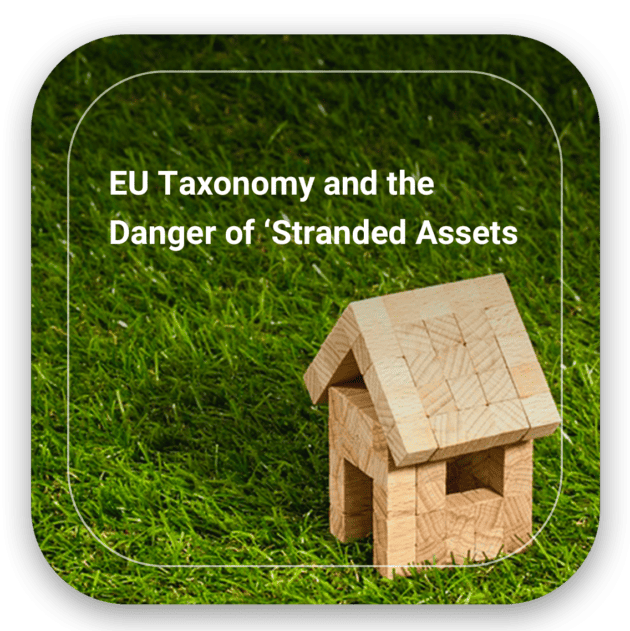
With a share of 40 percent of total energy consumption, Europe’s building stock has the highest energy consumption across all sectors. The “European Green Deal” has now laid the foundation for climate neutrality in the EU by 2050. Austria initially wants to reduce its greenhouse gas emissions by 36 percent by 2030 – measured against 2005 levels. In the country, the building sector is also seen as having great potential for savings, especially through thermal renovation measures, by dispensing with fossil fuels in newly constructed buildings and by switching to renewable energy sources in existing buildings.
So what investments and economic activities are green and environmentally sustainable? In June 2020, the European Union adopted the so-called Taxonomy Regulation. It defined a set of rules to guide investments in sustainable projects. After all, the energy transition is primarily a financing transition, as changes in the real estate sector are always driven by investors.
While the private housing market has so far been largely exempt from the legal requirements for achieving climate targets, the focus of political measures lies on institutional investors and larger companies. Public funds, for example, have to meet certain quotas for “environmentally friendly” investments. Pension funds that invest in real estate (as an alternative to the stock market) for stable asset provision have also set targets in this regard. This gives momentum to energy efficiency measures and smart building concepts. But it also entails risks. If a building’s taxonomy rating is poor, there is a risk of investors bailing out. The building may no longer be tradable. Currently, this applies roughly from energy efficiency class F (annual energy consumption of 160 kWh and more per square meter) – if a building stock cannot be economically renovated. The asset is then considered stranded.
Property owners and managers are currently most interested in these questions: How can I make my product as green as possible? What measures should I take to achieve this – such as integrating renewable energy? And how can I prevent the stranding of properties that emit too much CO2? This is what companies active in the real estate market are dealing with. Two factors are working against each other here: the legal requirements for energy efficiency and the economic viability of measures to improve this balance.
Many companies document the rating of their properties themselves – in Excel or via ESG modules (“Environmental, Social, Governance”) of asset and portfolio management tools such as ICRS. And there are other sources of help in the industry: The German initiative ECORE, for example, focuses on ratings for existing buildings. The name stands for “ESG Circle of Real Estate” and was created with a tool of the same name in a collaboration between consultants and companies from the real estate and finance industries. The members, including many major players in Germany, have developed their own scoring standards for the sustainability of real estate portfolios. ECORE does not only aim to assess the risk of real estate but also to compare the “performance” of buildings and portfolios. The platform and service is one of the best-known initiatives on the market, but corporate customers must de facto commit to it.
The British counterpart “GRESB Real Estate Assessment” operates a more open model that can also be mapped in third-party software tools. GRESB can also be used to assess existing portfolios across asset classes and locations – also on the basis of standardized indicators from the Global Reporting Initiative. This provides an international standard for sustainability reports in a wide range of areas – not just buildings.